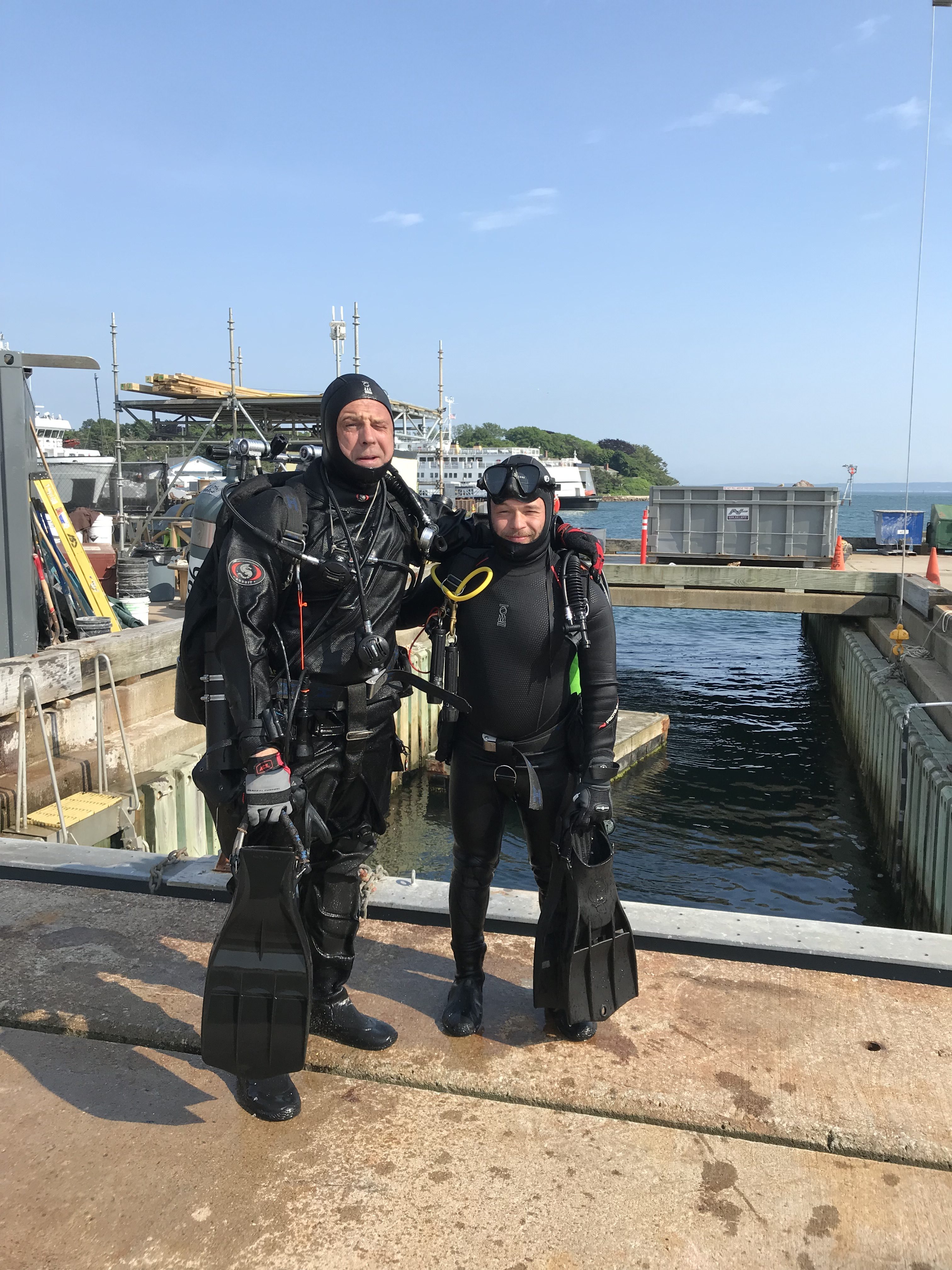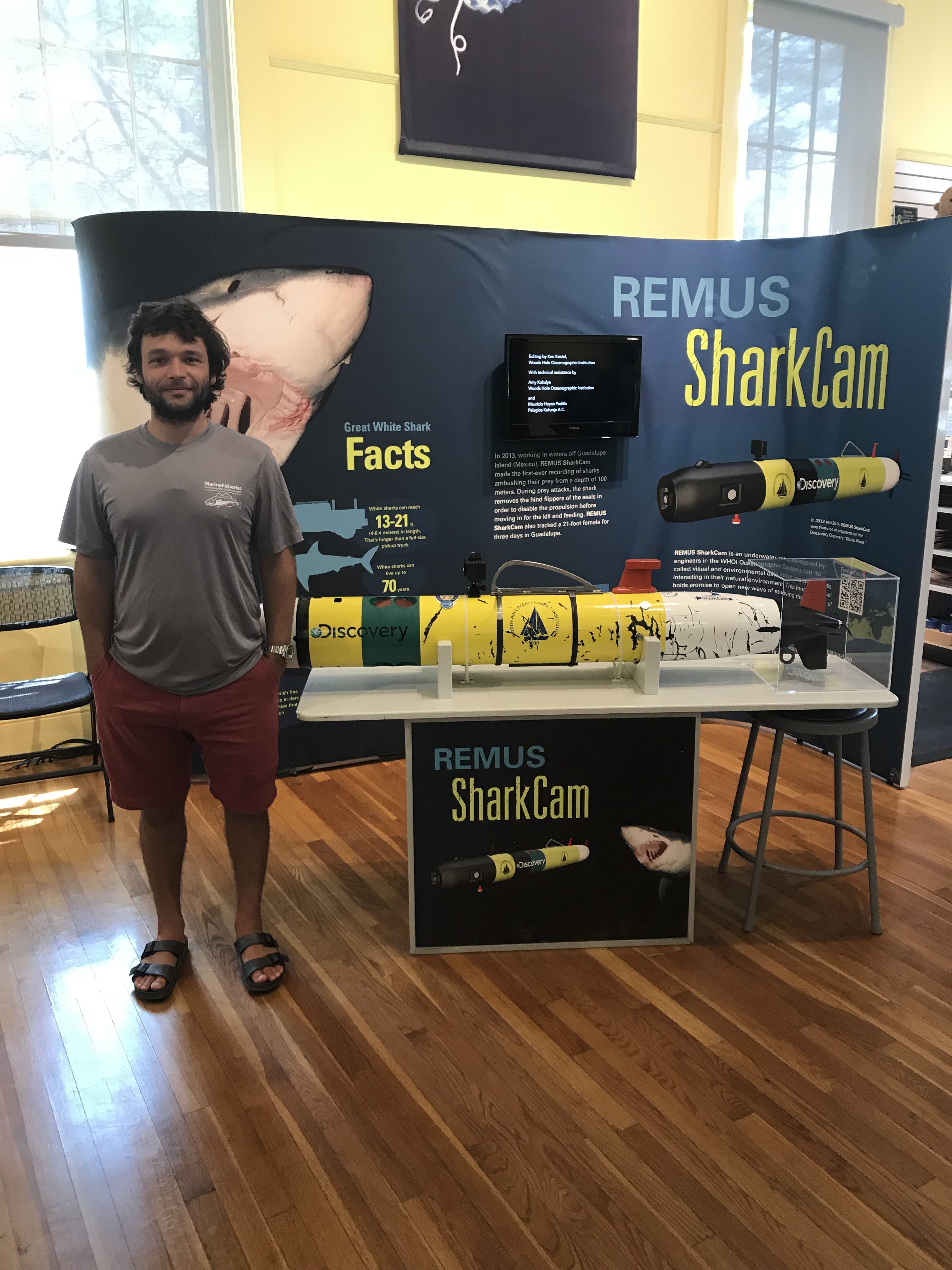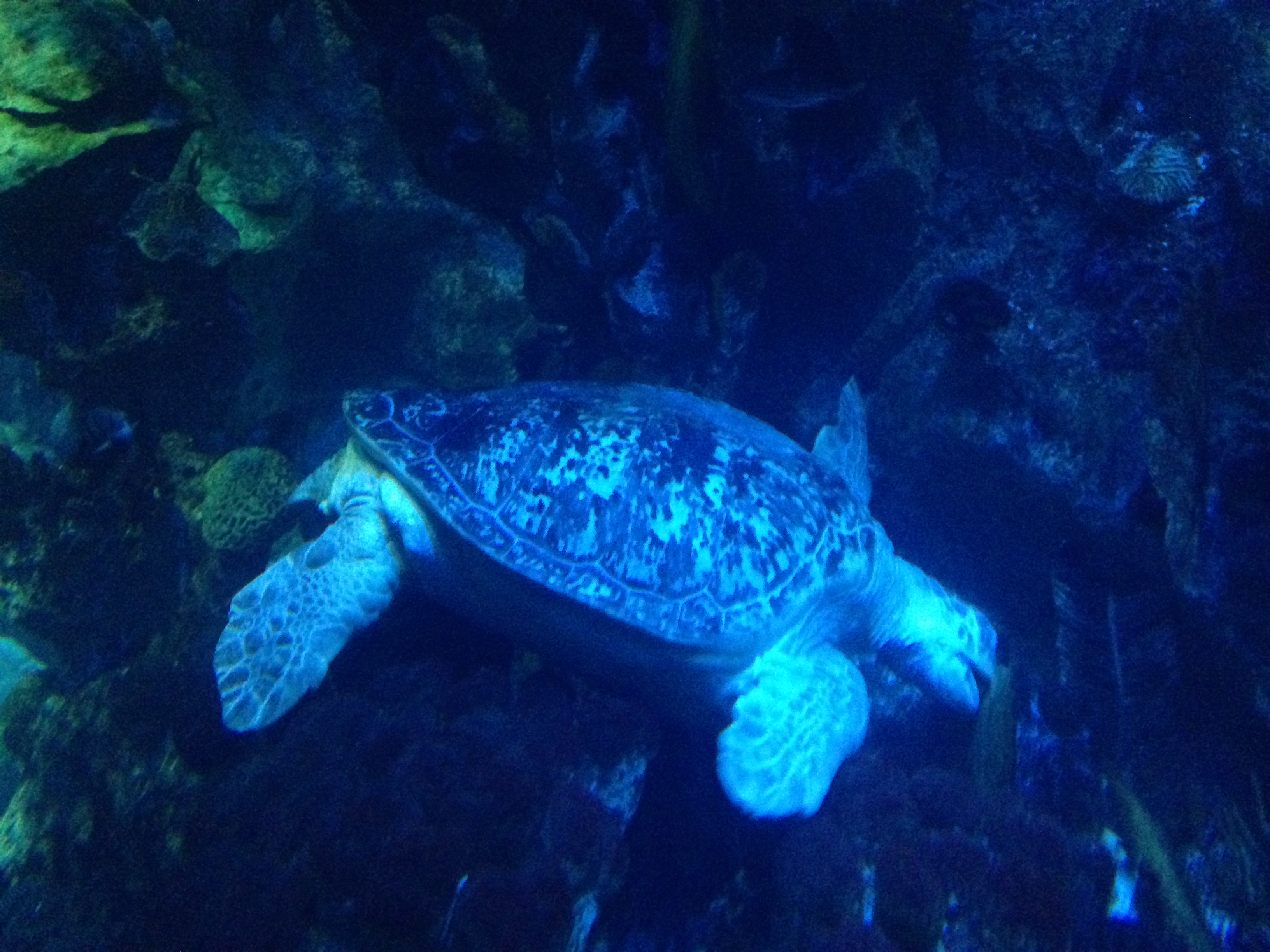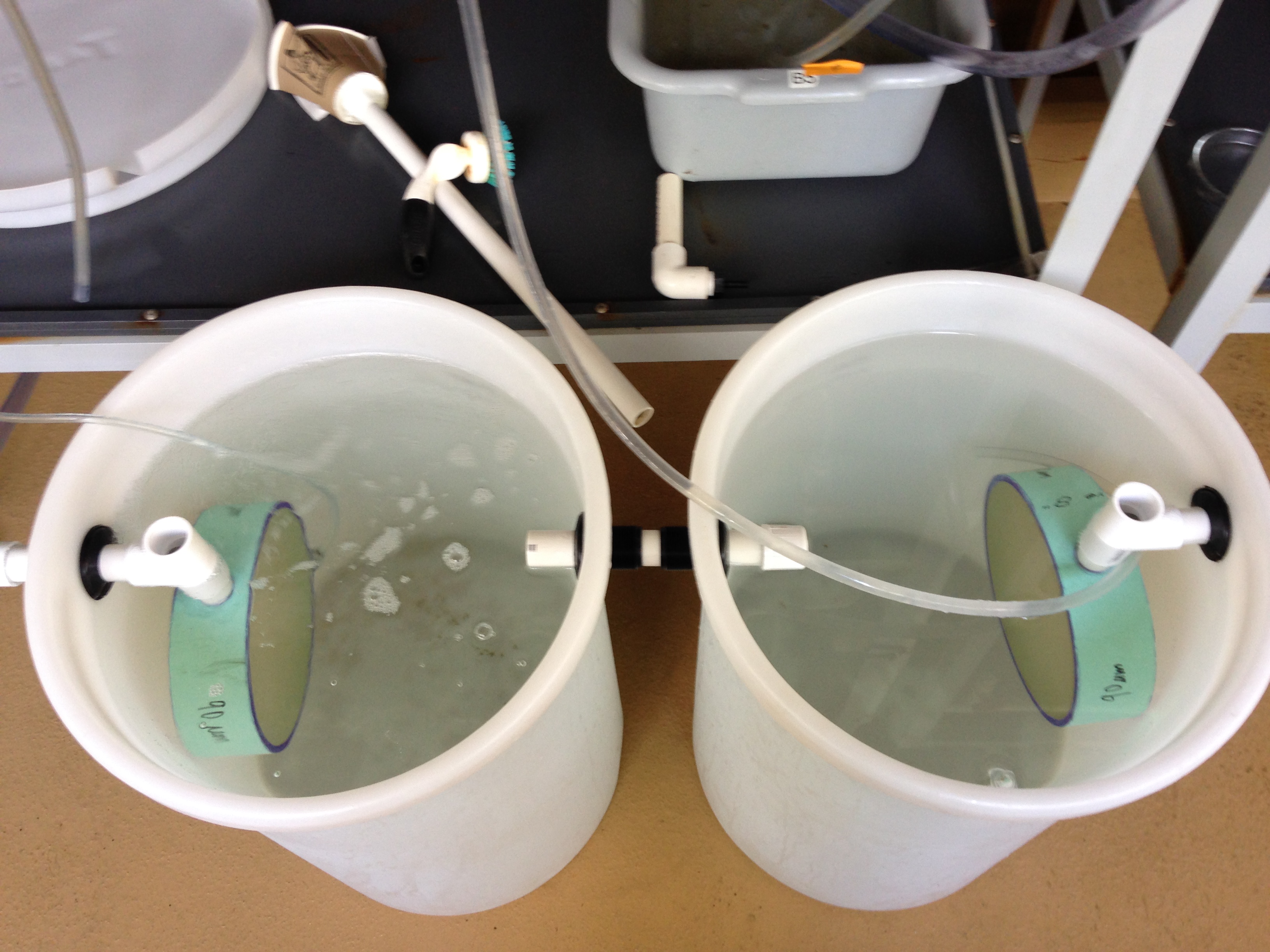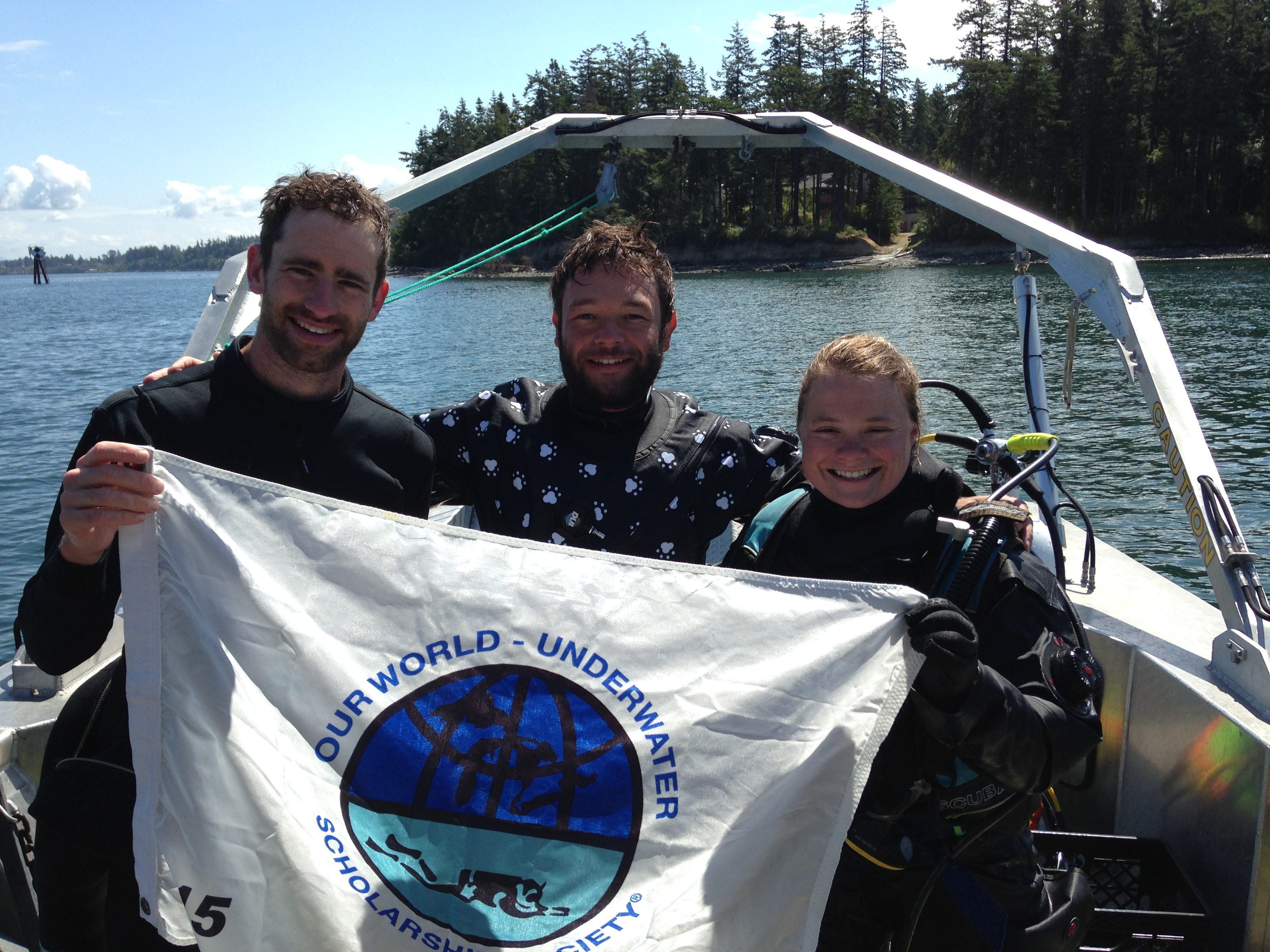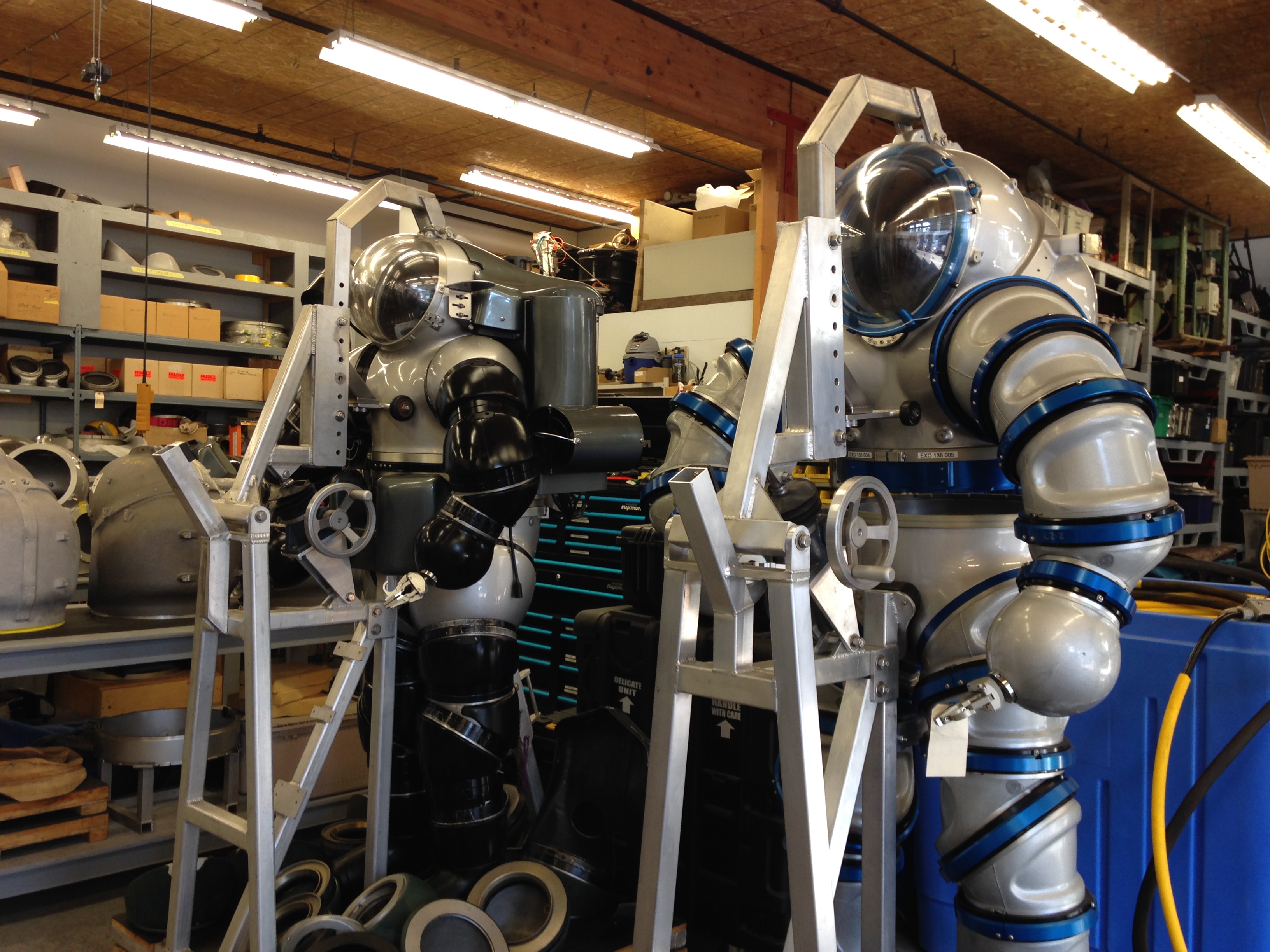Español
What happens when you stick a Mexican in the freezer? The Mexican will develop the strongest desires for mastering the art of cold water diving.
I headed up to Boston, where I met up with Vin Malkoski, the Diving Safety Officer (DSO) of the Massachusetts Division of Fisheries (MDF). Vin would be my portal to the coldest dives I have ever had. Despite the intense heat of the humid summer weather of the Northeastern coast of the United States, its waters remain cold (though some may say cool, but definitely cold) and murky.
It was within this context that I was able to observe one of the ongoing MDF projects– one that aims to create artificial reefs for attracting fish populations into the area. I was able to help out doing some of the scouting of specific sites, and put to practice my survey skills learned earlier in May. But as much as I might have learned back then, my skills of holding a slate with gloves in cold water were definitely not evolved enough and got me trembling with zero ability to write things down. However, after a couple of tries I managed to get some scribbles done. I was slowly starting to contribute to science. And I was proud.
Or maybe just insane, pushing my amazing 5mm Fourth Element wetsuit to the limits by testing it out in a 7°C/42°F environment.
So after defrosting for a full half an hour, regaining some speech and a little bit of dexterity I knew it was time to start diving dry.
Vin took me through some basic drills for dry suit diving, and for these first couple of shallow dives I felt like I was getting the hang of it. Putting the suit on in a humid and hot environment was definitely the most challenging part, but I felt like I was ready for underwater work.
I flew across the United States into Washington state to meet up with former scholar Julie Barber (NA1999!). Julie was going to become my next dry suit mentor. Unfortunately, amidst the national festivities of 4th of July, my drysuit had not yet arrived so I had to borrow one. We took the ferry up to the Gulf Islands in Canada, where I got to help out in some super interesting research and volunteering for clam gardens.
What is a clam garden? These are terrace-looking structures that were built thousands of years ago by First Nation tribes from the area. They consist of walls made of pebbles and rocks that are placed at the intertidal zone to allow sandy beaches to accumulate and extend the bedding that clams use to grow. This practice was passed down through oral tradition but got lost through the years. Today, there is an effort to restore some of the abandoned walls and regain this ancestral practice.
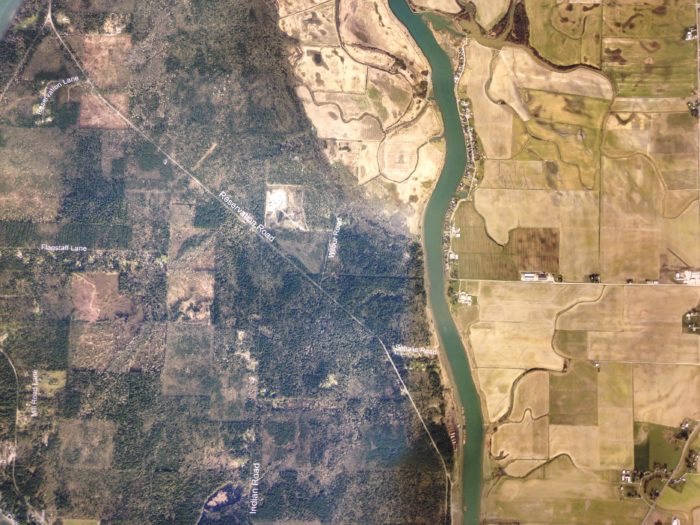
As fisheries biologists, Julie and her team work for the Swinomish tribe, and were interested in learning more about clam gardens as a viable climate change adaptation strategy that would allow tribes to engage in community-based harvesting that could sustain local consumption of shellfish for years to come. But not only was this project an exciting research opportunity, the idea of restoring the clam gardening practice meant a lot more to the tribes that sustained this ancestral knowledge through oral speech. It was a way to share inter-tribal knowledge and endorse community gathering to recover lost cultural heritage, including language and trust.
Additionally, the science component of this research meant I could put to practice my confidence in diving dry. Hence we geared up for a training dive, and given all the poofyness I was wearing underneath to withstand colder waters for longer I suddenly found myself supporting an extra 35 + lbs of weight to go down. With so much weight and so little dexterity I felt like I couldn’t have control underwater. I kept tumbling around, bouncing off the ground like kid playing with a yoga ball but in outer space. My borrowed suit did not like me and it was playing around with my primitive drysuit abilities. Fortunately, Julie gave me some tips and tricks that made me and this suit become better acquainted. She was also nice and let me take over documenting the surveys.
The days went by fast and we got back to Washington, where I would be re-united with my one and only custom-made dry-suit generously provided by Diving Unlimited International. After the initial stages of dry-suit bonding shared with Julie and former scholar Ana Sofía Guerra (NA2014), where they took me through proper seal adjustment, I was ready to step in to another research project and put my hands to work at the Shannon Point Marine Center. It was here where I assisted student Katie Mills-Orcutt and Captain Nate Schwarck in a pinto abalone restoration project. Katie got us maneuvering artificial abalone habitats made of crates through some dense Pacific Northwest forest and kelp, fighting against currents and hitting that slack tide. We moved boulders underwater, hammered down some crates and tied endless knots of rope, but I felt like I could take on every task she asked for because I was finally getting the hang of diving dry.
Satisfied with this increasing comfort, I was now ready to explore more of the cold waters of the Pacific Northwest, so I headed up to Vancouver. My first stop had Donnie Reid from Nuytco receive me with arms wide open. Nuytco is a company that specializes in the design of submersible vehicles and suits for hard-core deep tech work. Getting a glimpse of these monsters was mind-blowing, and now I know James Cameron’s secret: he used Nuytco technology to film Titanic and other films containing underwater footage. Next up was a splendid visit to the Vancouver Aquarium, where DSO Jeremy Heywood took me out for a dive into Howe Sound and showed me behind the scenes of the diving operations of the aquarium. I was also lucky to spend a day with folks from the Communications department, who showed me what it was like to be an ocean “interpreter”, took me through storyboarding some of their outreach videos and invited me for a short journalism and social media field trip to the Marine Mammal Rescue Center.
But not even the stunning views of Howe Sound or the beautiful displays of the aquarium prepped me for my next stop – a visit to John Deboeck and his little treasure resort in the heart of Browning’s Pass. This channel, located amongst the islands of Northern Vancouver Island, sustains an impressive amount of marine life due to the currents and tides that keep the water flowing. It took us three days to get from Vancouver to Port Hardy, given the unpredictable weather that can make it difficult to cross over to the islands. But once we were there the days treated us well. Lengthy sunlit mornings and afternoons, with charismatic visitors like bald eagles, sea otters, sea lions, humpback whales, geese and other emblematic Canadian characters; not to mention the smaller-scale creatures peeking up from the water like nudibranchs, crabs, anemones and jellyfish. The underwater realm of Browning’s Pass was like entering the real winter-wonderland. Walls and pinnacles covered in these strange sponges, fluffy anemones and soft corals made this environment blooming with life. Every tiny spot along the walls and floors had some being feeding off the rich cold waters in a synchronized, ballet-like manner. Just trying to comprehend how these creatures live, in limited light conditions and changing tides and currents made me appreciate even more the complexity of life.
Dry-suit in hand, camera in the other, I was now ready to embark on my next adventure.
Thank you to all of the outstanding sponsors that make this possible:
Conquistando el traje seco
¿Qué pasa cuando metes a un mexicano en el congelador? El mexicano se verá determinado a de dominar el arte de bucear en aguas frías.
Me dirigí a Boston, donde me encontré con Vin Malkoski, el Oficial de Seguridad de Buceo (DSO) de la División de Pesca de Massachusetts (MDF). Vin sería mi portal a las inmersiones más frías que he tenido. A pesar del intenso y húmedo calor veraniego de la costa noreste de los Estados Unidos, sus aguas siguen heladas (aunque algunos pueden decir que son frías, pero definitivamente heladas) y turbias.
En este contexto pude observar uno de los proyectos en curso de MDF, cuyo objetivo es crear arrecifes artificiales para atraer poblaciones de peces al área. Pude ayudar a realizar algunas de las exploraciones de sitios específicos y poner en práctica mis habilidades de muestreo aprendidas a principios de mayo. Pero por mucho que haya aprendido en aquel entonces, mi habilidad para sostener una tabla con guantes en agua helada definitivamente no fue suficiente y estuve temblando sin poder escribir nada. Sin embargo, después de un par de intentos logré hacer algunos garabatos. Lentamente, empezaba a contribuir a la ciencia. Y me sentía orgulloso.
O tal vez simplemente estaba loco, llevando al límite mi increíble traje de neopreno de Fourth Element de 5 mm, poniéndolo a prueba en un ambiente de 7 ° C / 42 ° F.
Así que después de descongelarme durante media hora, recuperando algo del habla y un poco de destreza, me convencí de que era hora de empezar a bucear con traje seco.
Vin me instruyó hacia algunos ejercicios básicos para el buceo con traje seco, y para estas primeras inmersiones poco profundas sentía que estaba aprendiendo. Ponerme el traje en un ambiente húmedo y caluroso fue definitivamente la parte más desafiante, pero creía estar listo para el trabajo bajo el agua.
Volé a través de los Estados Unidos al estado de Washington para reunirme con la ex becaria Julie Barber (¡NA1999!). Julie iba a convertirse en mi próxima mentora de trajes secos. Desafortunadamente, en medio de las festividades nacionales del 4 de julio, mi traje no había llegado aún, así que tuve que pedir uno prestado. Tomamos el ferry hasta las islas del Golfo en Canadá, donde pude apoyar en algunas investigaciones súper interesantes y participar como voluntario en la restauración de un jardín de almejas.
¿Qué es un jardín de almejas? Son estructuras que parecen terrazas que fueron construidas hace miles de años por las tribus de los nativos del área. Consisten de paredes hechas de piedras que se colocan en la zona intermareal, para permitir que las playas arenosas se acumulen y extiendan la cama que las almejas usan para crecer. Esta práctica se transmitió a través de la tradición oral, pero se perdió a través de los años. Hoy en día existe un esfuerzo por restaurar algunos de los muros abandonados y recuperar esta práctica ancestral.

Como biólogos pesqueros, Julie y su equipo trabajan para la tribu Swinomish, y estaban interesados en aprender más sobre los jardines de almejas como estrategia viable de adaptación al cambio climático que permitiría a las tribus participar en la recolección comunitaria y sostener el consumo local de almejas durante los próximos años. Pero este proyecto no sólo fue una oportunidad de investigación emocionante, la idea de restaurar la práctica de cultivo de almejas significó mucho más para las tribus que mantuvieron este conocimiento ancestral a través de tradición oral. Fue una forma de compartir el conocimiento intertribal y apoyar a la comunidad a recuperar el patrimonio cultural perdido, incluido el idioma y la confianza. Además, el componente científico de esta investigación implicaba que podría practicar y tener más confianza en mi destreza con el buceo en seco.
Nos equipamos para bucear. Con lo acolchado de la ropa que traía bajo el traje seco para aguantar aguas más frías por tiempos más largos, de repente me encontraba utilizando 35 o más libras de peso extra para bajar. Con tanto peso sentía muy poco control bajo el agua. Daba tumbos, rebotando del suelo como un niño jugando con una pelota de yoga pero en el espacio exterior. Afortunadamente, Julie me dio algunos consejos y trucos que me ayudaron a llevarme mejor con este traje. Ella también fue sumamente amable al dejarme fotografiar el trabajo mientras los demás se ocupaban del muestreo.
El tiempo se fue volando y regresamos a Washington, donde me reuniría con el único traje seco hecho a mi medida y proporcionado generosamente por “Diving Unlimited International“. Después de las etapas iniciales para acostumbrarme al traje seco compartidas con Julie y la ex becaria Ana Sofía Guerra (NA2014), quienes me instruyeron sobre el ajuste y sellado adecuado, estaba listo para intervenir en otro proyecto de investigación y poner manos a la obra en Shannon Point Marine Center. Fue aquí donde asistí a la estudiante Katie Mills-Orcutt y al Capitán Nate Schwarck en un proyecto de restauración del abulón pinto. Katie nos puso a manejar hábitats de abulones artificiales hechos de cajas a través de un denso bosque de algas del Noroeste del Pacífico, luchando contra las corrientes y la marea baja. Movimos rocas bajo el agua, golpeamos algunas cajas y atamos interminables nudos de cuerda, pero sentí que podía asumir todas las tareas que me pedía, porque finalmente estaba aprendiendo a bucear en seco.
Pero ni siquiera las impresionantes vistas de Howe Sound o las hermosas exhibiciones del acuario me prepararon para mi próxima parada: una visita a John Deboeck y su pequeño complejo turiístico en el corazón del Paso de Browning. Este canal, ubicado entre las islas al norte de la isla de Vancouver, alberga una cantidad impresionante de vida marina debido a las corrientes y mareas que mantienen el flujo del agua. Tardamos tres días en llegar de Vancouver a Port Hardy, dado el clima impredecible que puede dificultar el cruce a las islas. Pero una vez que estuvimos allí los días nos trataron bien. Largas mañanas y tardes iluminadas por el sol, con visitantes carismáticos como águilas calvas, nutrias marinas, leones marinos, ballenas jorobadas, gansos y otros personajes canadienses emblemáticos; sin mencionar las criaturas de menor escala que se asoman desde el agua como nudibranquios, cangrejos, anémonas y medusas. El reino submarino del Paso de Browning era como entrar en el verdadero país de las maravillas del invierno. Las paredes y los pináculos cubiertos por estas extrañas esponjas, anémonas y corales blandos hicieron florecer este ambiente con vida. Cada pequeño rincón a lo largo de las paredes y los pisos tenía algo que se alimentaba de las ricas aguas frías de manera sincronizada, como un ballet. El simple hecho de comprender cómo viven estas criaturas, en condiciones de luz limitadas y las mareas y corrientes cambiantes me hicieron apreciar aún más la complejidad de la vida.
Traje seco en mano, cámara en la otra, ahora estaba listo para embarcarme en mi siguiente aventura.
Muchas gracias a todos los patrocinadores que hacen esto posible:
